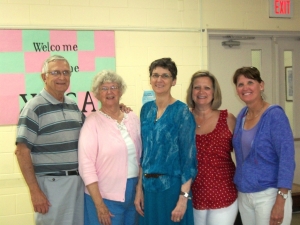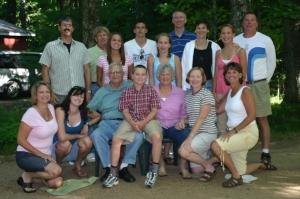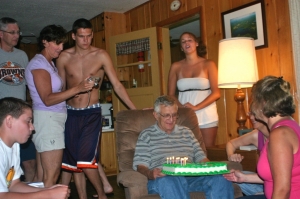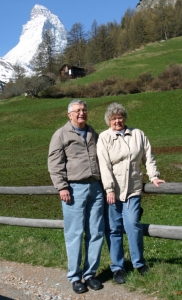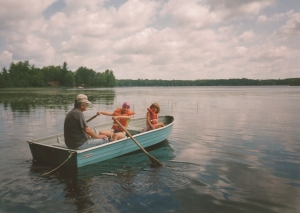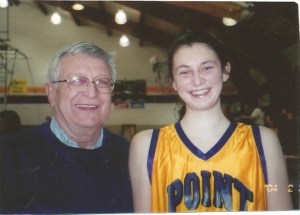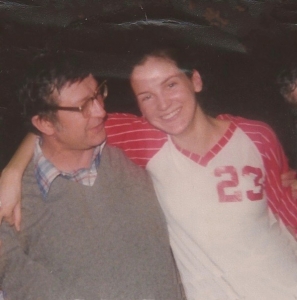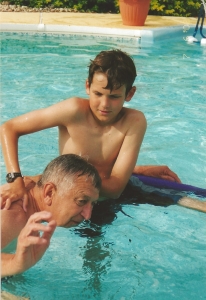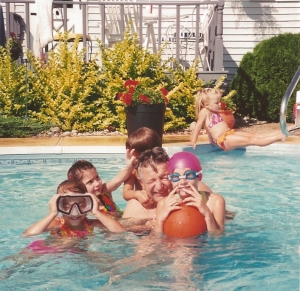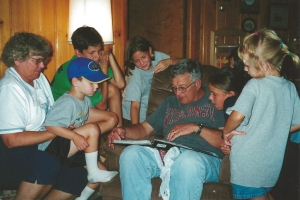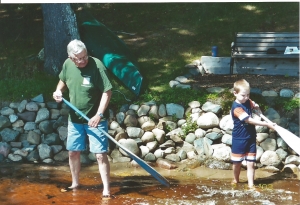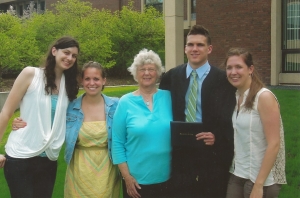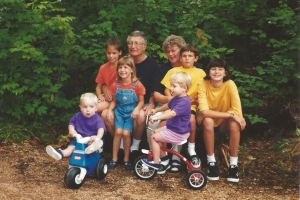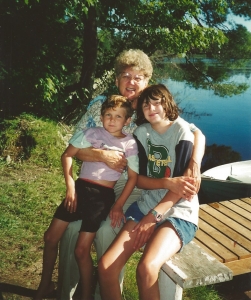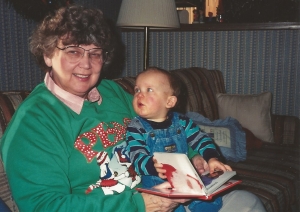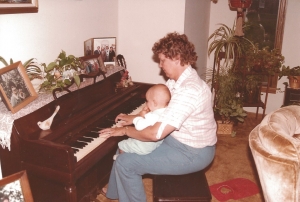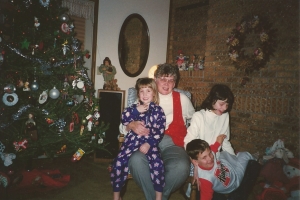 Though a pacemaker helps your heart keep its beat, we know it needs no assistance in applying its love to being the generous, patient, empathetic, thoughtful, guiding, tolerant, worn out ol’ heart we call DAD. Even as your once strong stride has slowed somewhat, you continue to be an energetic guide through troubled times.
Though a pacemaker helps your heart keep its beat, we know it needs no assistance in applying its love to being the generous, patient, empathetic, thoughtful, guiding, tolerant, worn out ol’ heart we call DAD. Even as your once strong stride has slowed somewhat, you continue to be an energetic guide through troubled times.
Generous. Your giving heart helped finance college education and provided emergency loans that were forgotten. You helped pay for trips – trains, planes, and automobiles – and seemed to have an endless supply of those $20 bills you referred to as “gas money.” Each year, you took the money you got back from your savings and reinvested it into your grandchildren’s savings. And then there were the presents. A cowboy hat, Barbie doll, microscope, basketball, bicycle… You derived greater pleasure in satisfying others’ material desires than your own minimal ones.
Your greatest gift, though, was time. Taking the time to make sure children grew up feeling loved; not just your children, but all children whose path stumbled across yours. You pitched whiffle balls to the whole neighborhood, rebounded basketballs for the entire team, providing support and counsel to students and players alike who didn’t always have another source for it. You welcomed friends to our cabin every summer and ignored the obvious logistical inefficiency of having to ferry them back and forth separately throughout the summer. In fact, you shuttled kids around until we were old enough to drive, at which point you simply taught us to do it for ourselves.
Patient. You spent hours perfecting our jump shot and bit your tongue to keep from yelling at noisy, teenage girls’ « slumber-less » parties in your basement.
When a student cried in practice or acted up in class, instead of cajoling or scolding you listened, easing the pain for generations of adolescents who discovered one adult they could trust.
You read the same storybook to a demanding 4-year-old granddaughter and balanced the same checkbook for an even more demanding 94-year-old father.
Empathetic. You captured emotions and moments of natural stillness in your paintings and then gave them away so that family could be surrounded by elegant reminders of your love.
You’d peek in at your daughters’ tearful talks behind closed doors, asking, « everything okay? »
Your tender heart gives bear hugs, knee pats, neck rubs, and handshakes. Every phone conversation ends with those 3 endearing words, « I love you, » so there is never any room for doubt.
Thoughtful. In a time when men never wrote more than their signatures, you drew home made cards, penned letters and mailed hundreds of manila envelopes filled with sports clipping to your daughter overseas.
You bought fun fruits, chocolate kisses, ice cream cones and other favorite treats for grandkids.
Guiding. You walked the talk by setting an example of self-discipline, perseverance and integrity – values you instilled in the young people you taught and coached. You counseled so many students, athletes, and friends of your kids that you became a « Papa Mac » to dozens.
You taught us how to save pennies as children and budget money as adults. You explained how to read maps, make terrariums, catch fish, shoot baskets, and throw curve balls.
Tolerant. You welcomed everyone of every race; nationality and walk of life into your home believing every human being should be treated equally. You showered everyone from janitors, to waitresses, to secretaries with kindness and good cheer. You respected your children’s choices from college and careers to dates and mates.
Loving. You loved unconditionally. You forgave our embarrassing affirmations of self, like when I wore pants to church as a teen and left the country to play a game as an adult.
You accepted without question when one daughter married a foreigner, the other married a Cornhusker, and the last broke off her first engagement. And if one of us decided to marry a divorced, ex con, you would learn to love him too and be there to help with the rehabilitation.
Thirty years ago we almost lost you when you had a heart attack. With exercise and clean living, faith and family, you recovered. Though your heart may be tired, your lungs weak and your legs weary, you keep fighting to get up and put one foot forward. In doing so, you inspire us to keep on a keeping on.
You have a great heart, Dad.
The best.
